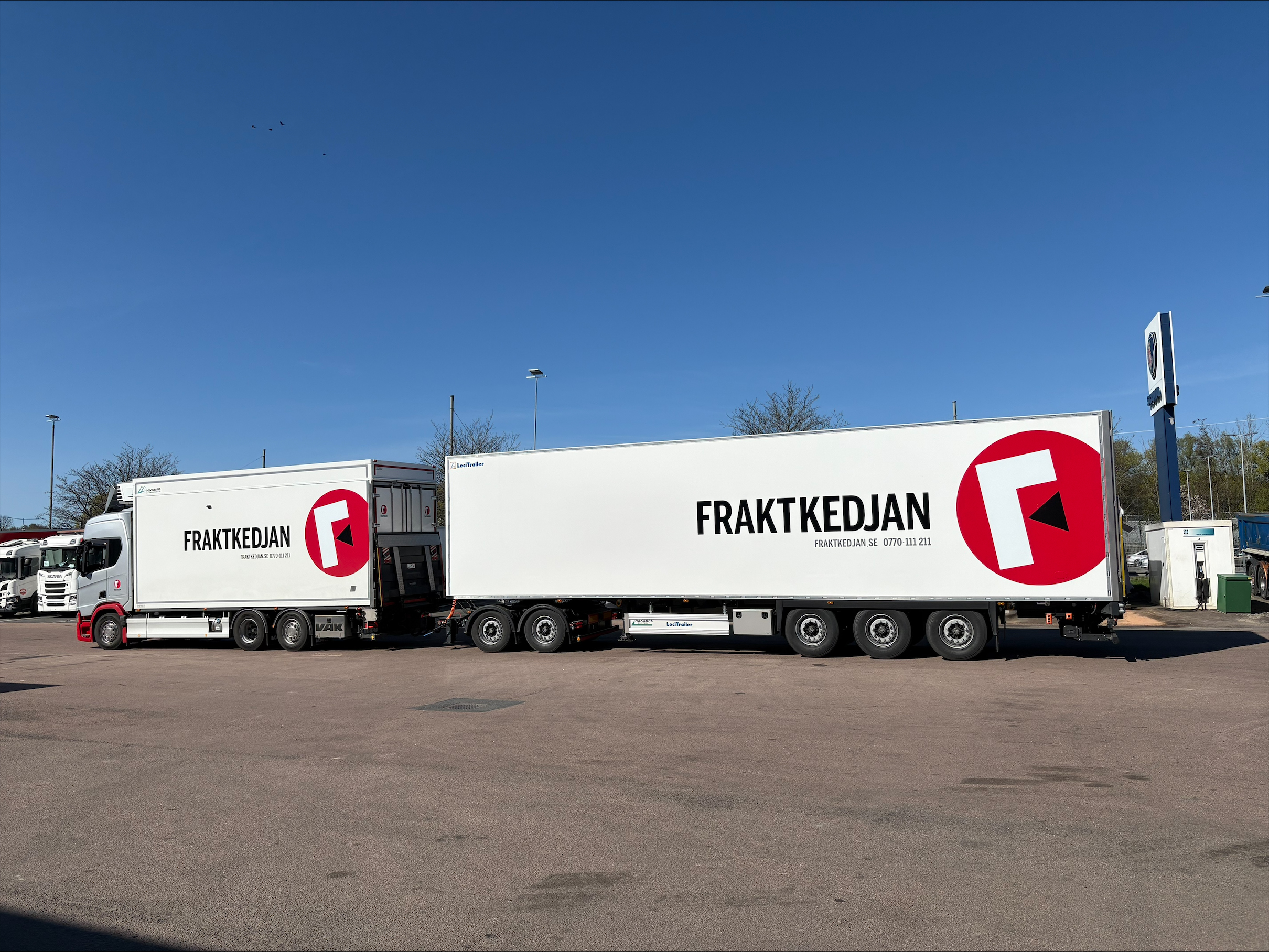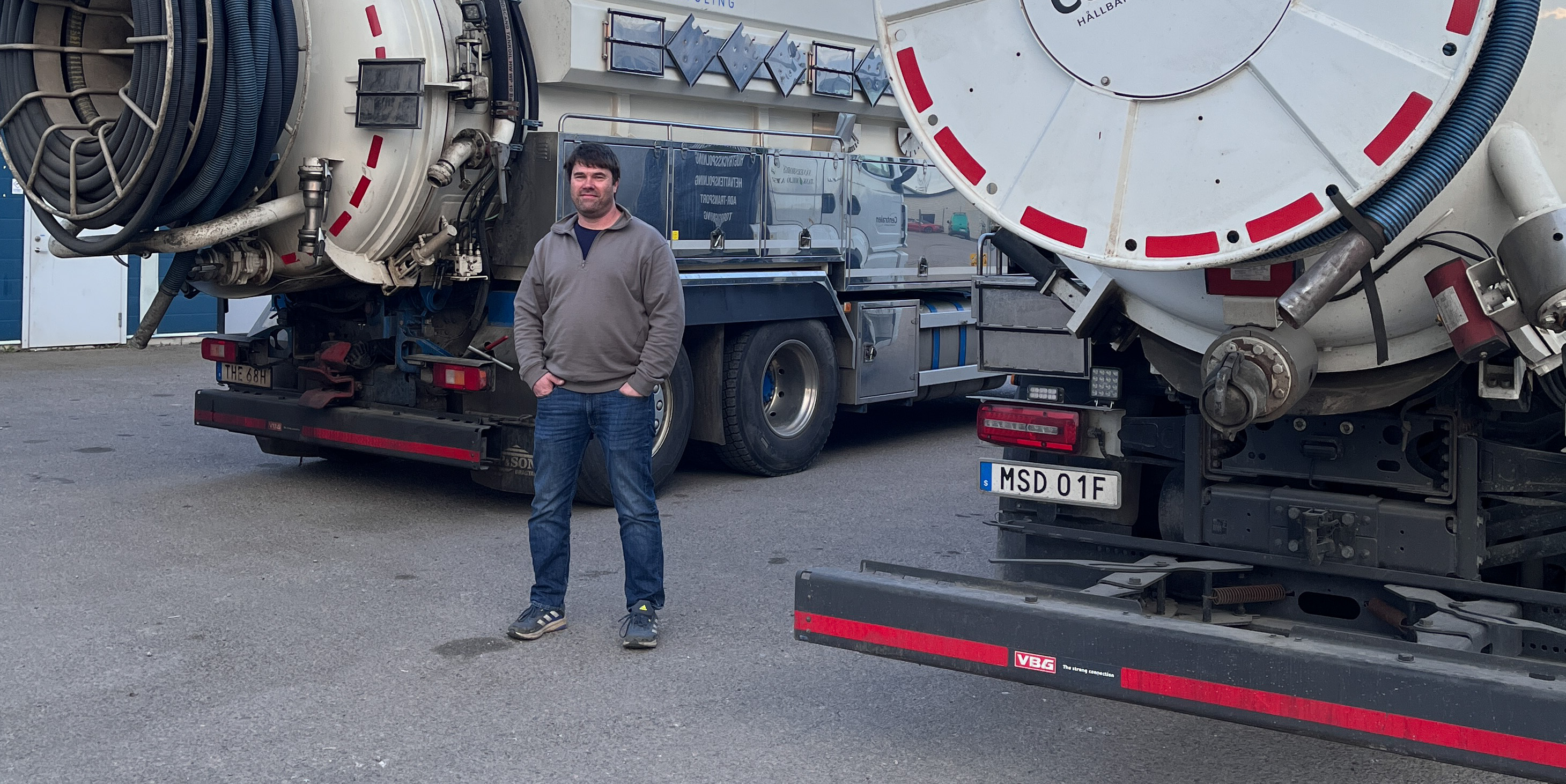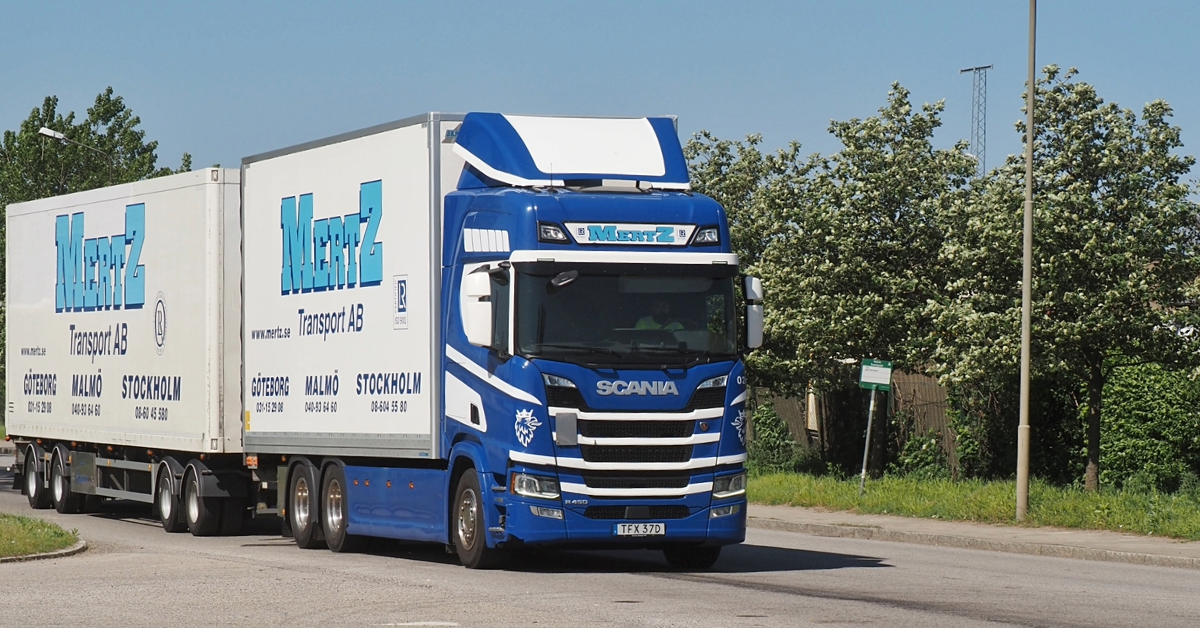What is a good surface treatment?
Most parts of a truck are made of steel and steel rusts sooner or later. Some might think that a few small rust spots here and there don’t do more harm than just not looking very nice, but rust is actually a costly problem that affects all countries and industries. Roughly USD 2.5 trillion, or about 3% of the world’s total GNP, is estimated to go to waste annually due to corrosion! So there is a lot of money to save by avoiding rust. And a key to reduced corrosion is surface treatment. The better the surface treatment, the less corrosion and thus a longer life span for the steel component.
Why surface treatment?
Surface treatment is different methods to give materials and equipment certain properties. These properties can be completely different, and which or what is important depends on the context in which the component will be used. It may be cosmetic properties – that the surface should look nice – or functional properties, for example that the surface must withstand both rust and hard wear. In the case of trucks, all these properties are desired. After all, the vehicle is part of the haulier’s public image and therefore a high finish on the component surfaces is desirable, just as high durability and corrosion resistance mean that the total cost of ownership is lower – the components simply last longer before damage has to be rectified or they need to be replaced.
About 3% of the world’s total GNP is wasted due to corrosion.
What is a good surface treatment?
For the uninitiated, it may sound like it is “just” about a little rust protection and paint, but in practice, surface treatment can be both time-consuming and complicated. It is simply the demands you put on the end result that determine which process is good or less good and how well the requirements are met.
In the automotive industry there are different types of surface treatment for different components. Many manufacturers choose a simple and inexpensive surface treatment for their products to keep the price down, while others impose higher standards to be able to deliver a more sustainable product. This requires a more expensive surface treatment process that is often done in several stages.
To meet the highest standards, complex multi-step processes are required. Since we at VBG place the industry’s highest demands on wear resistance, corrosion protection and finish, our products get their appearance and durability through a complex and unique surface treatment process.
VBG Surface treatment – with world-class results
The surface treatment of the VBG products is actually a paint system with two tasks:
- Corrosion protection
- Adhesion of paint
“The purpose of our paint system is to create added value for our customers where our products, in the vulnerable environment they are used, ensure functionality for the entire life cycle”
To create the best possible corrosion protection, wear resistance and high finish, sheet metal details go through a complex multi-step process:
-
Mechanical pre-treatment
Blasting cleans the surface from contaminants that can occur during laser cutting and welding. After the blasting, the surface is clean and ready for the chemical process.
-
Chemical pre-treatment
Chemical pre-treatment is carried out by means of an extensive process involving 10 stages. During this process, the surface is transformed by a so-called zinc-manganese phosphate coating, where the zinc content reinforces the corrosion protection and the phosphate crystals increase adhesion.
-
EPD treatment (primer)
This is the first step of the painting where the black primer is applied through EPD treatment (electrophoretic deposition). The primer now encloses the zinc-manganese phosphate coating and further strengthens corrosion protection. The conditions are now optimal for the final coat of paint.
-
Powder coating (top coat)
The powder coat is applied via friction charging and then hardened in an oven. This gives a hard, durable and stone chip resistant surface that also resists sun bleaching. In this way the surface retains its high finish for many years to come.
Quality that pays off
A top-class surface treatment effectively provides better Return on Investment (ROI) and lowers the total cost of ownership compared to simpler surface treatment.
Already when the vehicle leaves the assembly, the surfaces will better withstand stresses such as mechanical wear and stone chipping, compared to components with simpler surface treatment. Furthermore, you can expect a considerably longer service life – with maintained finish, which also adds to the resale value.
World-class surface treatment is simply an investment that pays off.
Do you want to know more or have questions about our surface treatment?
Recommended reading

From Tjörn to Värmland – with coolness, competence, and control of the technology

Collaboration is key in the development of new underrun protections

